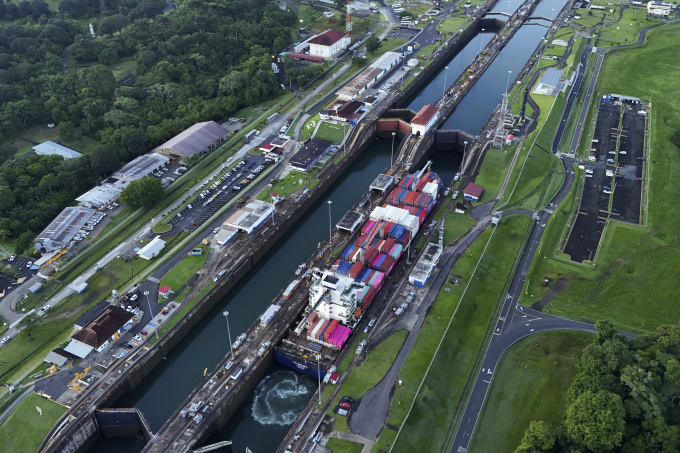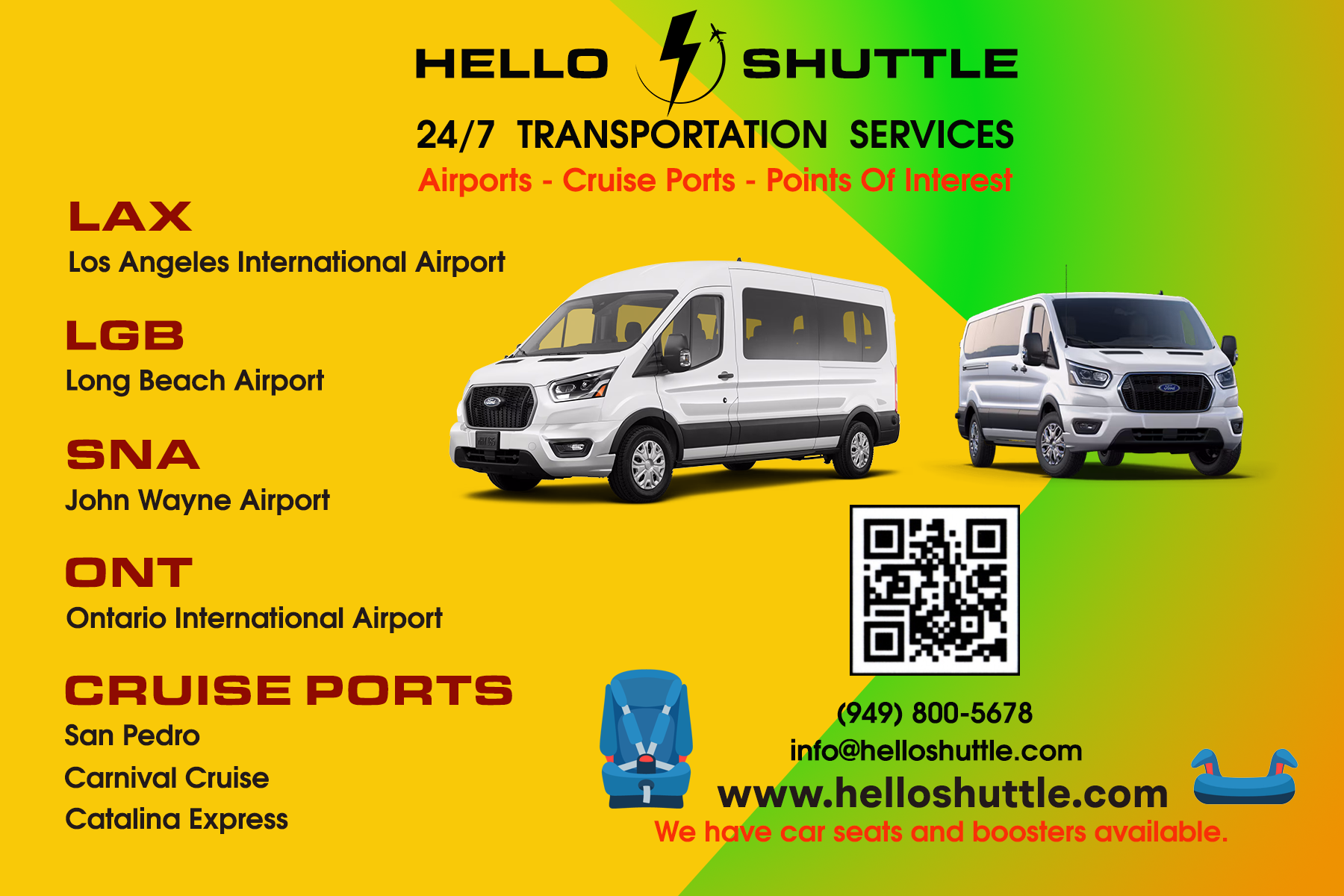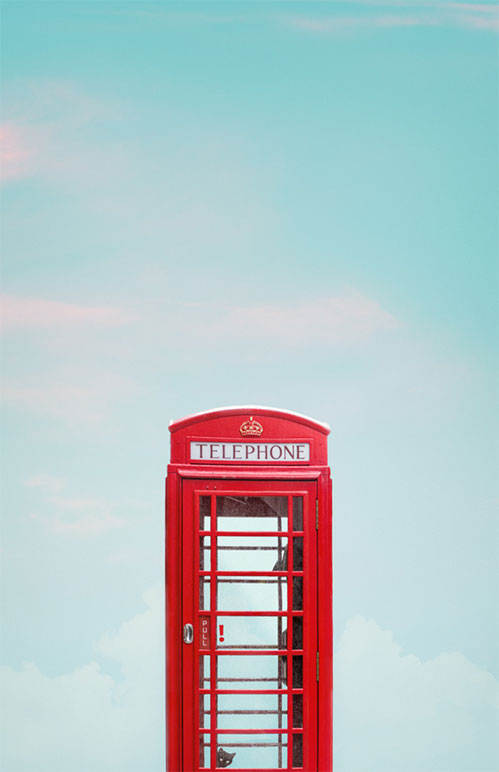
The Panama Canal, a crucial maritime artery connecting the Atlantic and Pacific Oceans, is the product of a long, costly, and contentious construction process.
On the evening of December 21, Donald Trump criticized Panama on social media for charging excessively high tolls for U.S. naval and commercial vessels using the canal. The President-elect warned that Washington might reclaim management rights over the Panama Canal—a rare instance of a U.S. leader hinting at the possibility of pressuring a sovereign nation to cede control of its territory.
This move has reignited long-standing tensions regarding the Panama Canal, a key route for international shipping. Strategically located, the canal "revolutionized" maritime transport by cutting over 12,800 kilometers (22 days of travel) between the Atlantic and Pacific Oceans. Spanning 82 kilometers, the canal features multiple locks and reservoirs. Ships transit via Gatun Lake, which is 26 meters above sea level. Each vessel requires 200 million liters of water pumped from the reservoir to cross from one ocean to the other. The canal saves U.S. businesses significant time and fuel costs, enabling faster transport, particularly for sensitive or critical goods.
The idea of a canal through Panama dates back to the 1530s, during Spain's colonization of the region. By 1878, Colombia, which then controlled Panama as a province, signed an agreement with France to begin the project.
However, the French effort collapsed in 1899 after nine years due to financial shortfalls and a catastrophic human toll—22,000 workers died, mainly from accidents and tropical diseases.
In 1903, the U.S. proposed taking over the project, but Colombia refused. U.S. President Theodore Roosevelt responded by deploying warships to both sides of Panama, supporting a separatist movement led by Manuel Amador Guerrero. This effort helped Panama declare independence from Colombia on November 3, 1903.
Three days later, the U.S. recognized Panama's independence and quickly signed the Hay-Bunau-Varilla Treaty with the new republic, granting the U.S. permanent and exclusive rights to the Panama Canal Zone in exchange for $10 million and an annual payment of $250,000.
The U.S. completed the canal in 1914 with a $380 million investment. The steamship Ancon was the first vessel to traverse the canal on August 15, 1914. Approximately 5,600 workers lost their lives during the construction under U.S. management.
For much of the 20th century, the canal was co-managed by the U.S. and Panama. However, tensions grew as Panamanians questioned the legitimacy of U.S. control, sparking a "generational struggle" to regain full sovereignty over the canal.
In the 1930s, the U.S. relinquished its right to intervene in Panama. By the 1970s, as management costs soared, Washington began negotiations to gradually transfer control to Panama.
Two treaties were signed: the Permanent Neutrality Treaty, ensuring the canal remains operational and secure, and the Panama Canal Treaty, which finalized the transfer of control in December 1999.
Despite initial resistance from the U.S. public, Panama has managed the canal more efficiently since the handover. Ship traffic increased by 17% from fiscal year 1999 to 2004. Panama expanded the canal between 2009 and 2016 at a cost of over $5.2 billion to accommodate larger vessels. Revenue from the canal now accounts for 6% of Panama's GDP, contributing more than $28 billion to the national budget since 2000.
The Panama Canal handles approximately 5% of global trade, connecting over 1,900 ports in 170 countries. The U.S. is the canal’s largest user, accounting for 74% of its traffic, followed by China at 21%. The canal’s heavy use makes the U.S. particularly vulnerable to rising toll fees.
Since late 2023, climate change-induced droughts have reduced reservoir levels, limiting daily transits to 22 ships compared to the usual 36. Ships now face weeks-long delays or pay up to $4 million for priority passage.
Recent rainfall has partially alleviated the backlog, but Panama plans to increase tolls and introduce surcharges in 2025 to modernize the canal and meet the demands of global shipping.
Trump’s intentions regarding reclaiming the canal remain unclear. Any effort would face significant diplomatic and legal hurdles. The neutrality treaty is indefinite, and any coercive action to seize control would violate international law and damage U.S.-Latin American relations.
"There’s little room to maneuver unless the U.S. intervenes militarily to retake the Panama Canal," said Benjamin Gedan, director of the Latin America Program at the Wilson Center in Washington.
Gedan added that Panama's strong ties with China provide strategic reasons for the U.S. to maintain friendly relations with the country. Panama is also a key partner in addressing unauthorized migration from South America to the U.S., a priority for Trump’s second-term agenda.
"If you want to pick a fight with Panama, the canal is one of the worst excuses," Gedan concluded.
(Sources: Economist, Reuters, AP)
Hello Shuttle will strive to bring the latest updates. At the end of the day.
Are you looking for reliable airport and cruise port transfer services in Los Angeles?
We offer professional, safe, and punctual transportation from
Los Angeles Airport - LAX
Long Beach Airport - LGB
John Wayne Airport - SNA
San Pedro cruise port
Long Beach cruise port
Disneyland
and other destinations.
Let us make your journey stress-free and comfortable with our dedicated drivers and high-quality vehicles. Book now for the perfect travel experience at www.helloshuttle.com or call 944-800-5678!


